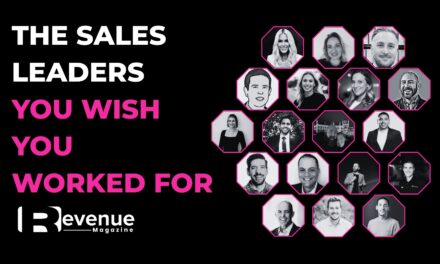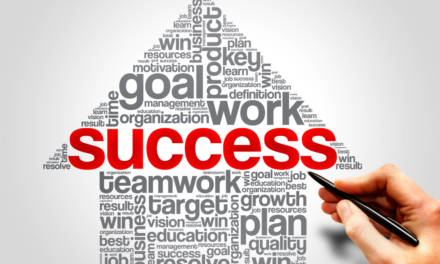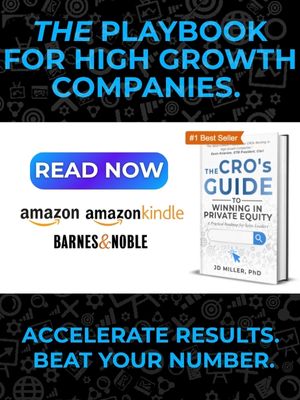
Sticky SaaS

The Key to SaaS Success: Stickiness, Investment, and Long-Term Viability
When creating a SaaS product, the main focus is often on what can be built quickly and securing funding. Many simple solutions exist, but investment has typically bypassed them because the market is flooded with options. Instead, the emphasis is on developing intuitive and intelligent software-as-a-service (SaaS) solutions that attract investor interest.
The rapid rise of artificial intelligence (AI) has fueled a surge in AI-powered software, transforming industries by providing efficient solutions with strong return on investment (ROI). Many new companies are emerging, securing funding for software that solves pressing problems. However, the real challenge isn’t just about creating an innovative product—it’s about ensuring it has stickiness and long-term retention.
The Problem with Short-Term SaaS Solutions
Most SaaS offerings today provide only short-term solutions that lack long-term value. These products often fail to retain users over time, as they are easily replaced by more comprehensive alternatives. The key to SaaS success lies in building solutions that customers continue using for three to five years or more.
A classic example of this challenge is the Google Docs effect. When Google Docs launched, numerous companies offering similar document collaboration tools became irrelevant overnight. Despite their value, they lacked the ecosystem integration that Google provided, leading to their downfall. This serves as a critical lesson for SaaS founders—if your product can be easily replaced by a larger, more integrated solution, it lacks long-term viability.
The AI Note-Taking Boom—and Its Challenges
A recent example of this phenomenon is the AI-powered note-taking industry. Tools that join Zoom calls, transcribe conversations, and provide insights experienced a massive surge in demand. As businesses sought better ways to capture meeting data, numerous startups emerged, offering AI-driven solutions.
However, tech giants like Google and Zoom initially overlooked this innovation. As third-party AI note-taking tools gained traction, these companies scrambled to catch up. Google recently integrated AI-powered transcription and note-taking into Google Meet, bundling it with Google Workspace. Since businesses already pay for Google Workspace, this development significantly reduces the need for standalone AI note-taking tools.
The Key Question: Will These Products Survive?
For AI-powered note-taking solutions, the long-term outlook is uncertain. While they provide value today, their stickiness depends on whether they can evolve beyond basic transcription and insight generation. Without strong differentiation, they risk becoming obsolete as larger platforms integrate similar functionality at no additional cost.
This serves as a warning for all SaaS companies: Is your product built to retain users long-term, or will it be easily replaced?
The Hidden Cost of Building a Cohesive SaaS Business
The hardest part of building a sticky SaaS business isn’t just creating an innovative product—it’s ensuring long-term cohesion.
Cohesion involves more than just product functionality. It requires significant investment in:
- Business Development Reps (BDRs) & Sales Teams – To drive user adoption and engagement.
- Customer Success & Support – To ensure ongoing value for users.
- Outbound Email & Calling Strategies – To nurture leads and increase conversions.
- CRM & Revenue Operations – To track and optimize customer retention.
Many founders underestimate this need. They focus solely on building a great product, assuming customers will naturally flock to it. However, without a robust sales and retention strategy, even the most innovative SaaS products struggle to survive.
The Investment Required for SaaS Growth
Scaling a SaaS company isn’t just about development—it requires a structured investment strategy that drives efficiency and revenue growth. For every $1 million invested, the company must generate Annual Recurring Revenue (ARR) that exceeds the initial funding within 12 to 24 months. This aligns with SaaS benchmarks like the Rule of 40, which states that a company’s revenue growth plus profit margin should be at least 40%. Achieving this ensures long-term net revenue retention and enables a 3:1 customer lifetime value (LTV) to customer acquisition cost (CAC) ratio, meaning new customer revenue far outweighs acquisition expenses. Maintaining this financial discipline is crucial—not just as a promising SaaS metric, but as a reliable foundation for securing long-term external funding. Without it, companies risk an unsustainable burn rate, which can lead to excessive dilution.
By the second or third funding round, a SaaS company’s valuation should significantly exceed total capital raised, proving it is scalable and profitable. Strong net revenue retention acts as the engine driving the company toward key milestones that justify further investment. SaaS businesses that leverage intelligent resource allocation, product-led growth, and efficient go-to-market strategies can optimize customer acquisition while refining the top, middle, and bottom of the sales funnel. Reaching a 10x revenue multiple in later funding stages signals long-term viability and positions the company for a potential acquisition or IPO. However, this level of performance doesn’t happen in the early stages—unless a company is burning capital too aggressively and needs an urgent exit. The discipline to execute a sustainable financial model is built on net revenue retention, ARR growth, customer success, and a structured sales funnel that evolves from early-stage experimentation to a refined inside sales and enterprise sales strategy tailored to verticals and user needs.
The Final Question: Are You Willing to Pay the Price?
You may have a groundbreaking SaaS product that solves an important problem in an elegant way. But the real question is:
Are you willing to invest in the team, sales infrastructure, and operational backbone necessary to ensure long-term success?
Many founders believe a great product alone is enough. They rely on hope as a strategy, assuming users will naturally adopt their solution. But the truth is, success in SaaS isn’t just about innovation—it’s about execution, investment, and long-term stickiness.
If you want to build a lasting business, you must be willing to pay the price to make it stick.






























